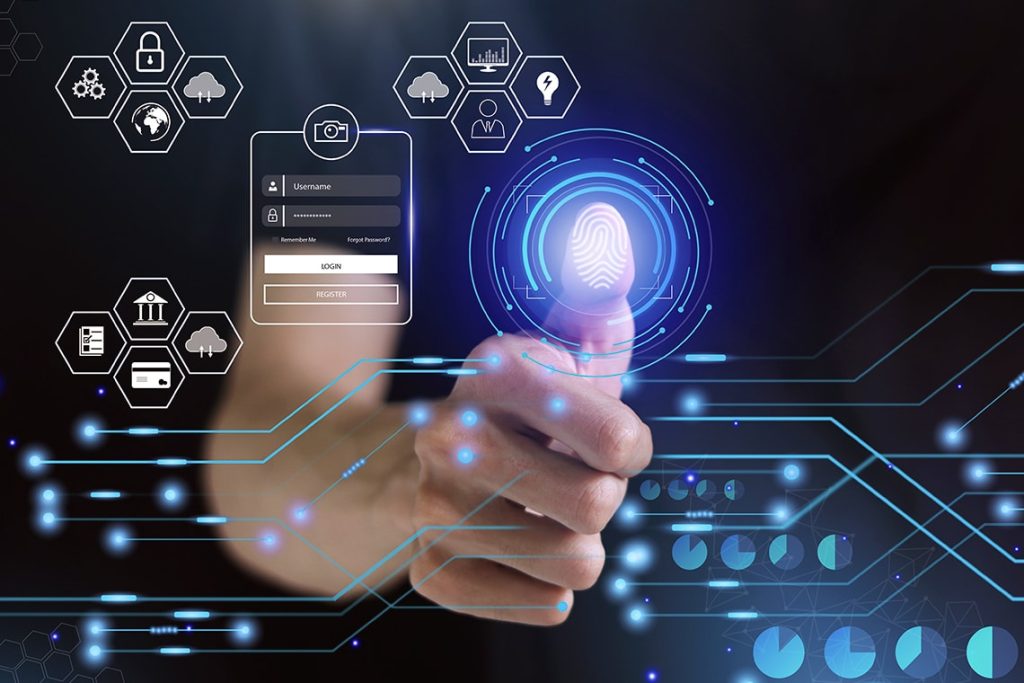At Infosigura, we highlight the importance of protecting your digital identity. In the following information, we answer the following questions: What is it? And how can you manage its security?
What is a digital identity?
Just as we have an identity that distinguishes us in the physical world, when we use digital services, we acquire a digital identity, the image we leave online, formed from the data we share about ourselves.
What is a digital identity and how do I protect it?
The main types of information that make up a digital identity are:
Personal data
Name and surname
Date of birth
Address
Phone
Public data
Data that appears on our social networks (Facebook, Instagram, etc.).
Username
Hobbies
Tastes
Digital Content
Photos
Videos
Documents
Blogs
Interactions
Comments
Ratings
Opinions
Posts
Contacts
Friends
Followers
Professional Contacts
Instant Messages
Conversations
Shared Files

Digital Identity: What It Is and Why It Matters in Today’s World
Digital identity is the image we present online, while digital footprint is the elements that comprise it. In short, digital identity is a representation of our physical identity in the digital world.
Our digital reputation is a personal and collective construct that has public significance and can have both positive and negative effects. (It’s who others think we are.) As mentioned earlier, our digital identity is defined by the content and actions we generate online, but also by those others generate about us (It’s who we are).
The Importance of Responsibly Managing Our Digital Identity
Often, our digital identity gives us a false sense of security because we aren’t fully aware of its implications. What we do under this digital identity has real-world consequences. Content published today can have consequences for us, both now and in the future.
Our online reputation is important because it can impact our career, academic, and personal opportunities. Effectively managing our digital identity can help us build a positive online reputation that aligns with our real-life identities. However, it’s important to remember that we can’t fully control our online reputation, as it can be affected by the actions of third parties.

Mismanaging our digital identity can lead to identity theft, also known as digital identity theft. This occurs when someone fraudulently uses someone else’s personal information to commit illegal activities.
How can we keep our digital identity secure?
Online activity carries risks, the most serious of which, as mentioned earlier, is identity theft.
Some security tips that can help you protect yourself:
Properly configure the privacy of your devices and online accounts.
Be careful with the information you share online.
Avoid using public or unsecured Wi-Fi networks.
Keep your devices updated with the latest software versions.
Be wary of emails and text messages from unknown senders.
Use strong, unique passwords.
Monitor your social media handles for misuse.
Be careful when tagging yourself or others in shared photos.
Check the terms and conditions of the digital services you use.
Log out of email, social media, and other online services when not in use.
Use pages with encrypted connections (HTTPS) to protect the information you share.











